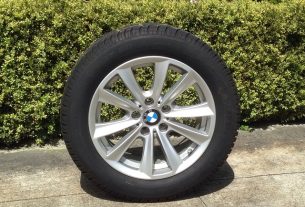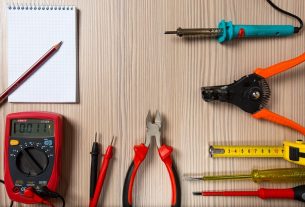Understanding Heating, Ventilation, and Air Conditioning (HVAC) systems is crucial for homeowners. By learning about key components like furnaces, air conditioners, thermostats, and ductwork, owners can identify issues, perform basic maintenance (e.g., filter changes, vent cleaning), and make informed decisions on repairs or replacements. Regular maintenance, including inspections and servicing, optimizes performance, saves money by preventing breakdowns, improves indoor air quality, and reduces energy consumption. Homeowners can also tackle common HVAC problems with basic knowledge, ensuring a longer lifespan and optimal operation of their systems through practices like proper insulation, thermostat calibration, and consistent maintenance.
“Mastering the art of HVAC maintenance and repair is essential for any homeowner seeking optimal comfort. This comprehensive guide delves into the intricate world of heating, ventilation, and air conditioning systems, offering a valuable resource for both novices and seasoned owners. From understanding the basics to tackling common issues, we explore regular maintenance practices that ensure efficient, cost-effective, and reliable home climate control. Get ready to transform your HVAC experience with practical insights tailored for your DIY projects.”
- Understanding HVAC Systems: A Homeowner's Guide
- Regular Maintenance: The Key to Efficient Heating and Cooling
- Common HVAC Issues and How to Fix Them Effectively
Understanding HVAC Systems: A Homeowner's Guide
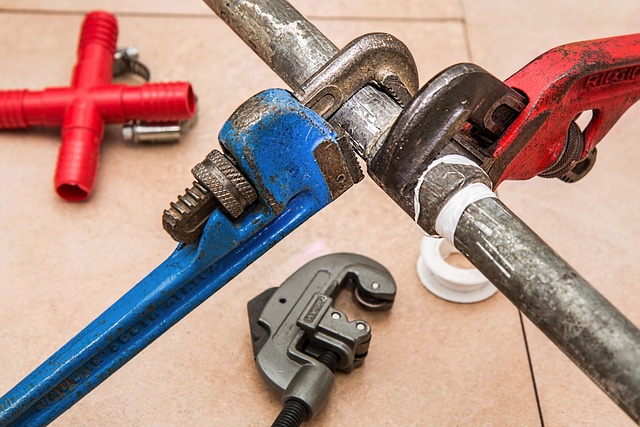
Understanding HVAC systems is crucial for homeowners looking to effectively maintain and repair their home’s comfort and air quality. These systems, which stand for Heating, Ventilation, and Air Conditioning, are complex but essential components of modern homes. They work in harmony to regulate indoor temperatures, ensure proper airflow, and maintain optimal humidity levels. By grasping the basics, homeowners can better identify issues, schedule preventative maintenance, and make informed decisions when repairing or replacing their HVAC equipment.
With a basic knowledge of HVAC components like furnaces, air conditioners, thermostats, and ductwork, homeowners can navigate common problems and ensure efficient operation. Regular tasks such as changing filters, cleaning vents, and inspecting for leaks become manageable with this understanding. Moreover, recognizing the signs of system failure—like unusual noises, poor air quality, or uneven temperature distribution—enables prompt action to prevent costly breakdowns. Home repair and maintenance become less daunting when homeowners can confidently navigate the intricacies of their HVAC systems.
Regular Maintenance: The Key to Efficient Heating and Cooling
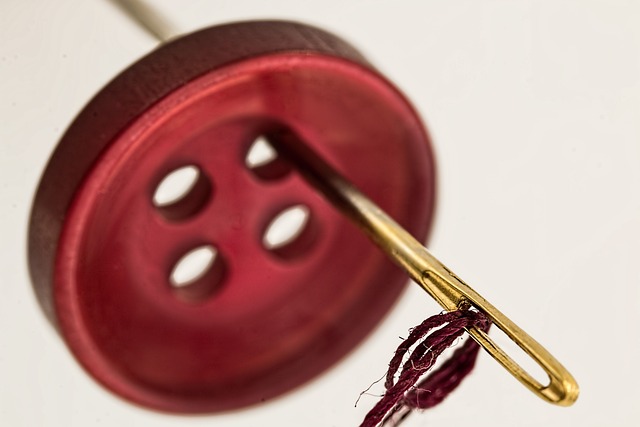
Regular maintenance is a crucial aspect of home repair and maintenance, especially when it comes to HVAC systems. By scheduling routine inspections and servicing, homeowners can ensure their heating and cooling units operate at peak efficiency throughout the year. This proactive approach not only extends the lifespan of the equipment but also saves money in the long run by preventing costly breakdowns.
During these maintenance visits, technicians perform various tasks such as cleaning air filters, checking for leaks in refrigeration systems, lubricating moving parts, and inspecting electrical connections. These simple yet vital steps help maintain optimal performance, improve indoor air quality, and reduce energy consumption. Regular maintenance also allows for the early detection of potential issues, enabling homeowners to address them before they turn into major problems that could lead to expensive repairs or even system failures.
Common HVAC Issues and How to Fix Them Effectively
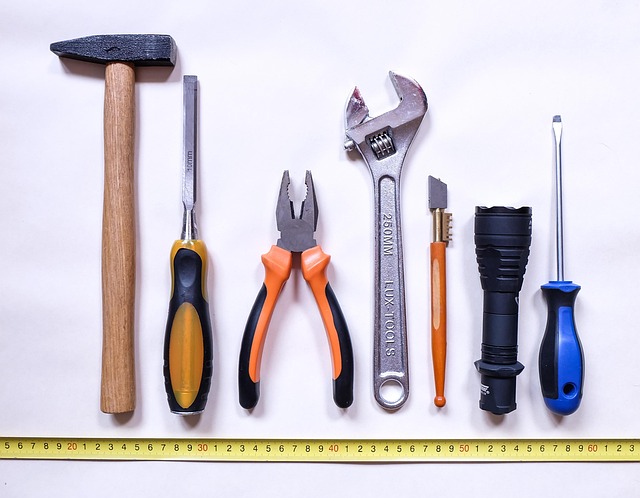
Many common HVAC issues can be easily addressed by homeowners with some basic knowledge and tools. One of the most frequent problems is a lack of proper insulation, which can lead to inefficient heating and cooling systems. To fix this, consider adding insulation to your attic, crawl spaces, and walls. This simple home repair and maintenance step can significantly improve energy efficiency and lower utility bills.
Another widespread issue is a malfunctioning thermostat. These devices regulate temperature settings in your home, so ensure they are properly calibrated and regularly tested. A faulty thermostat can result in inconsistent heating or cooling, leading to increased wear on your HVAC system. Regular maintenance, including cleaning or replacing filters, checking for leaks, and lubricating parts, is crucial to keeping your HVAC system running smoothly. By addressing these common problems effectively, homeowners can ensure optimal performance and longevity of their HVAC systems.
Maintaining your home’s HVAC system is a crucial aspect of effective home repair and maintenance. By understanding these systems, performing regular upkeep, and quickly addressing common issues, homeowners can ensure optimal heating and cooling efficiency while prolonging the lifespan of their equipment. With this knowledge, you’re better equipped to navigate the world of HVAC care, creating a comfortable and energy-efficient living space for years to come.

